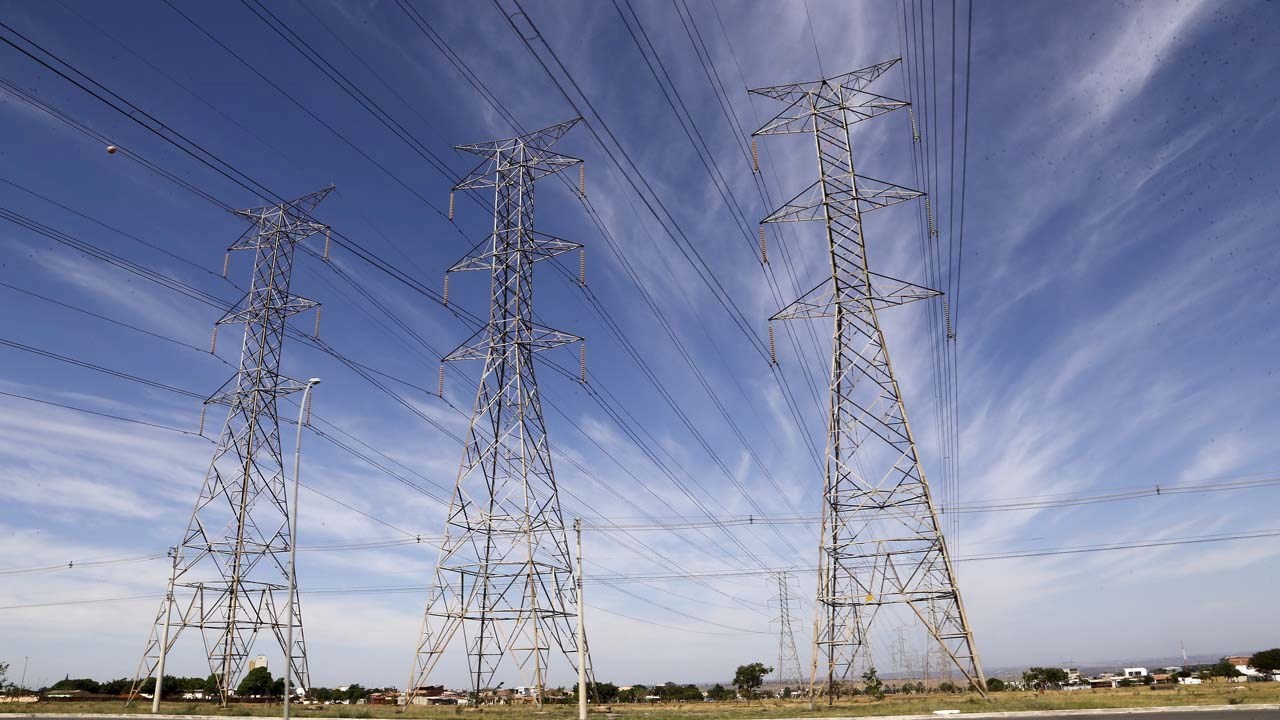

At its Juruti bauxite mine in Pará state, the Brazilian unit of US-headquartered multinational aluminium company Alcoa is quickening the switch to clean energy.

The US aluminium giant hopes to begin a project to switch from fossil fuel-fired generating to grid-connected power supply shortly. The project is anticipated to be finished in 2026 and will cut greenhouse gas emissions by about 35 per cent while also roughly halving plant energy expenditures in the future.
Otávio Carvalheira, Alcoa Brasil President, said, "The future of aluminium involves investing in renewable energy sources, such as hydroelectric power, in addition to optimizing bauxite extraction and the entire production process."
At the moment, diesel-powered generators provide power to the port and Alcoa's washing facility at Juruti. However, the facilities are not wired to the grid.
Alcoa announced signing a deal with an unidentified company to build a 51-kilometre transmission line and substation. Once accomplished, the project will replace the operation's power supply with electricity generated from hydroelectric sources with a capacity of 10MW.
Alcoa aims to cut scope 1 and 2 greenhouse gas emissions by 30 per cent by 2025 and 50 per cent by 2030 to reach net zero emissions in its global operations by 2050.
The latest industry-focused report published by ‘AL Circle, Sustainability in the Global Aluminium Industry’, reveals the case studies of sustainable bauxite mining and usage of clean energy in mining exploration. The report also details Scope 1,2,3 emissions, their impact on the aluminium sector and the way to decarbonize.
The Juruti mine, founded in 2006 and began production in 2009, has 700 million tonnes of potential bauxite deposits. The company states that the present operational capacity is 7.5 million tonnes per year.
Responses








